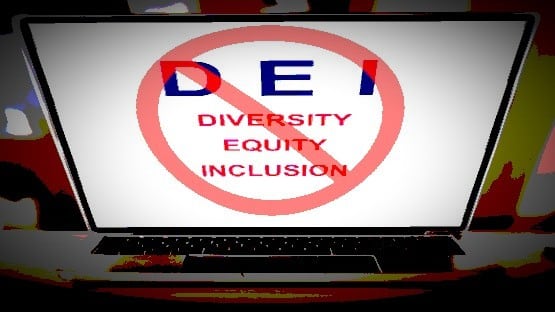
The loss of more than $1 billion in funding to pay farmers across the United States to provide food to schools and food banks will create hungry stomachs nationwide.
The U.S. Department of Agriculture‘s early March announcement, as reported by USA Today, cuts funding to the Local Food for Schools Cooperative Agreement and the Local Food Purchase Assistance Cooperative Agreement programs for 2025.
“While we don’t know exactly how this will pan out, the food bank is committed to working with USDA, Congress and state leaders to ensure families can access nutritious food when they need it, while supporting the farmers who work tirelessly to feed us all,” said Les Sinclair, Communications and PR Manager for the Blue Ridge Area Food Bank.
Sinclair said that USDA food comes to the food bank through multiple initiatives. BRAFB will lose less than 500,000 pounds of USDA food in total, which is under 10 percent of its total supply, through September 2025. By then, a new Farm Bill will be key to funding food banks like BRAFB.
“The food bank’s management team is adding a contingency line in the FY26 budget for USDA mitigation should USDA funding be reduced,” Sinclair said.
Food banks are also affected by the USDA stopping or cutting back on scheduled food deliveries from the Emergency Food Assistance Program. All cuts are part of President Donald Trump and Elon Musk’s Department of Government Efficiency (DOGE) to stop government waste. The USDA told USA Today that cutting LFPA was a “return to long-term, fiscally responsible initiatives.”
Rural communities rely the most on USDA-funded programs and will be most affected, according to Feeding America Chief Government Relations Officer Vince Hall.
“The reality is that the food banking system is stressed to the breaking point right now because we’re seeing record-high demand and diminished resources. Folks who came to us during the pandemic have found it impossible to ease out of dependency on food banks because inflation has made so many of their monthly budget essentials more expensive than ever,” Hall said.
Food banks will rely more on donations from their communities, but individuals and families are feeling the pinch of higher cost of living and other rising costs.
“There’s going to be a lot of hungry people. It’s just going to be less food available for people that need it now,” Matt Habash, CEO of the The Mid-Ohio Food Collective, said.
The Local Food Purchase Assistance Cooperative Agreement was designed partly to help local farmers thrive and respond to impacts caused by the COVID-19 pandemic on the food supply.
“For Iowa farmers, the impact is immediate and potentially devastating. Producers who have already planned over $3 million in food sales in 2025 through these programs now face sudden financial uncertainty,” the Iowa Farmers Union said in a statement to the Des Moines Register.
Chris Schwartz, executive director of the Iowa Food System Coalition, said bankruptcy could result for small farmers.
Arizona food banks will have to stop giving out locally grown food, according to the Arizona Republic, which is part of the USA TODAY Network.
“They’ve been an incredible resource for farmers to create different retail outlets for the things that they grow. So to shut that off abruptly, the ripple effects are quite drastic,” Jessie Gruner, director of community innovations at Pinnacle Prevention in Arizona, said.
The two USDA programs enabled food banks to provide healthier food options for food insecure individuals and families in their communities.
“I was really excited when we became part of this program. As a taxpayer, I’m OK with my money going to do that,” Kelly Saxon, farm head at Agritopia Farm in Gilbert, Arizona, told the Republic.









